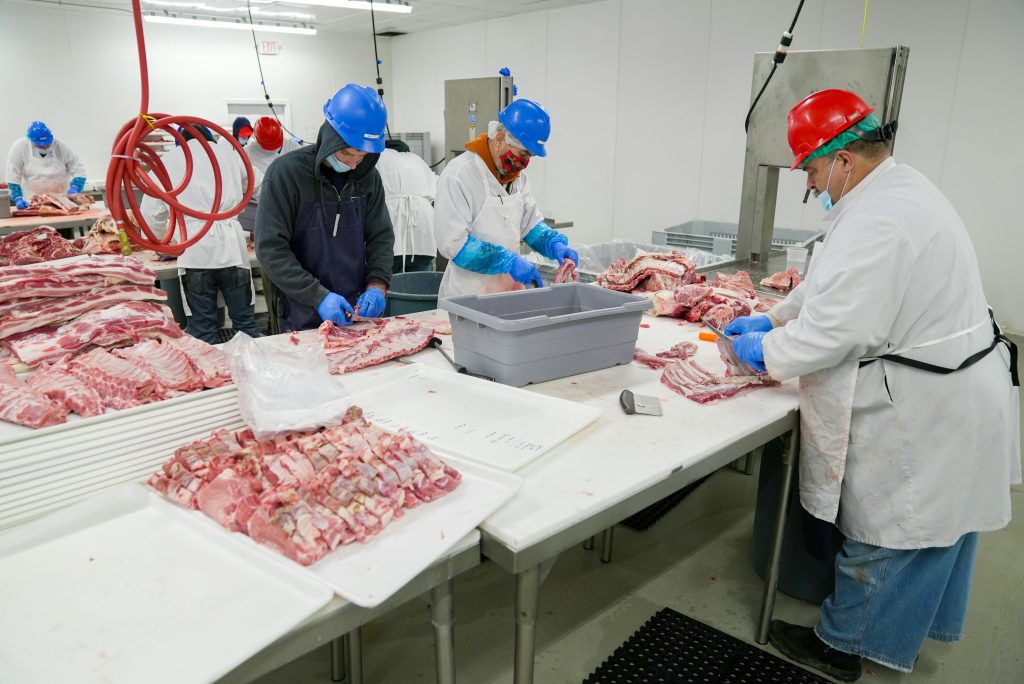
“Fewer, bigger, faster.” That is the new buzzword embracing America’s meat business, and it is leaving small towns behind. When Johnsonville closed its Momence, Illinois, plant in June 2025, giving 274 workers only 15 minutes’ notice, it was more than a story of corporate callousness. It was a sign of a seismic shift, one that has been taking shape quietly for decades.
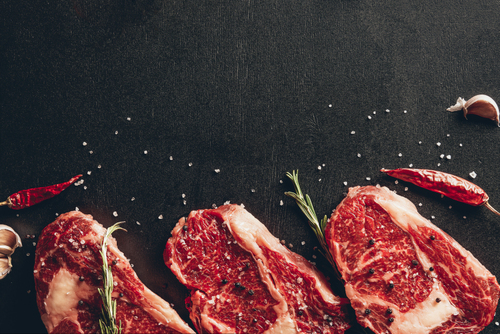
The shutdown, the state’s second this year as part of a national wave of similar shutdowns, spells more than financial woe for rural communities. It is a signal of a confluence of automation, shifting consumer preferences, and international pressure remapping the food chain’s entire geography. Here are the most powerful trends, technological breakthroughs, and strategic dilemmas rewriting the meat and the people who depend on it. and the future.
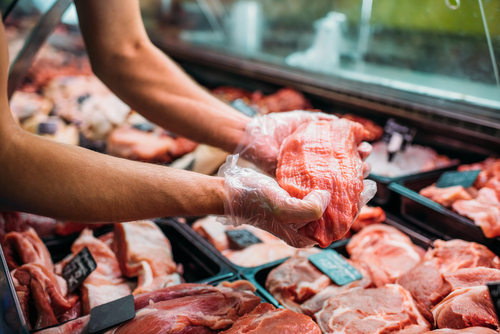
1. The Record Plant Closing Wave
The closing of Johnsonville’s Momence plant is not the only instance. In 2024 alone, at least 15 meat plants closed their operations, the highest number in a decade. Other packers such as Tyson and Butterball also closed plants, with over 1,000 lost at Tyson alone and 180 at Butterball’s Arkansas plant. These closures are not accidental they are a systemic shift toward efficiency, as companies shut down aging plants rather than spending money on costly modernization. Ripple effects are instantaneous and profound, especially in rural towns where one employer dominates the local economy.
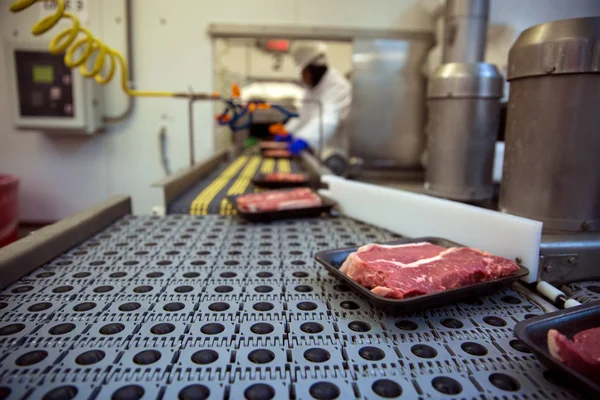
2. Automation and Robotics: The New Butchers
The march of automation is transforming meat processing at a speed that’s accelerating every day. Sensors and AI-enabled intelligent robots are now as accurate as expert butchers, chopping professionally at speeds and frequency humanly unattainable. The global food robotics market is predicted to reach $8.9 billion by 2033 and record a growth rate of 11.5% annually, Market.us reported. Surprisingly, 88% of companies plan to increase the use of robotics in company processes. The benefits more yield, increased safety, and lower labor costs are apparent, but so are the societal costs: fewer jobs, and changed workers.
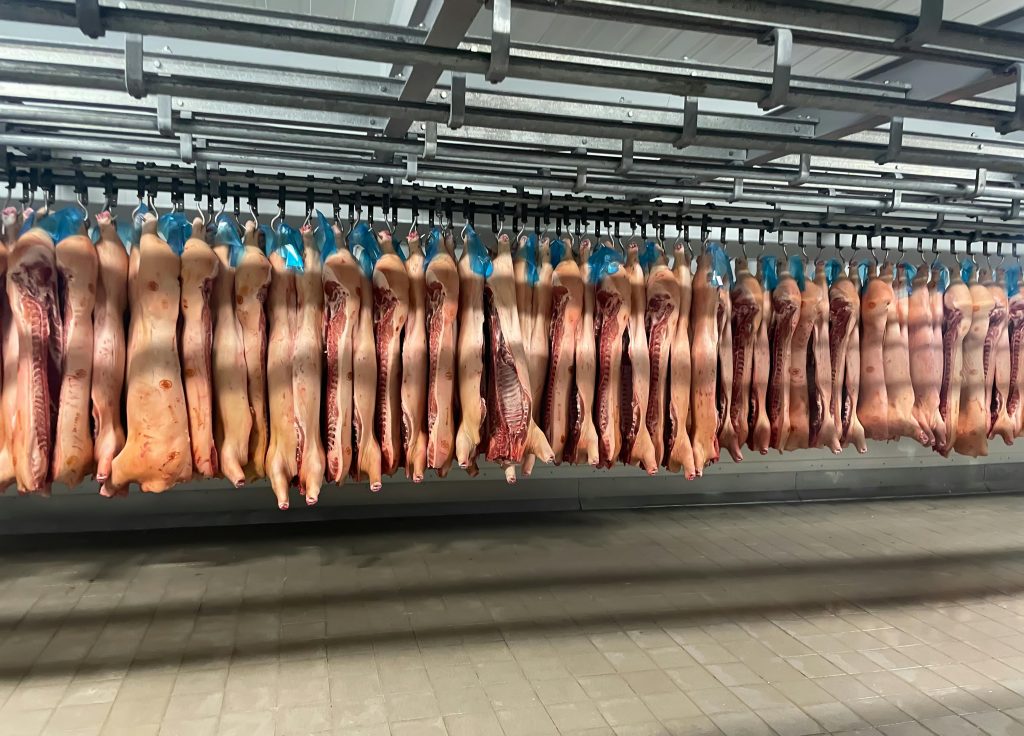
3. Precision and Safety in Meat Processing With AI
Technological innovations in collaborative robots in the last few years are, however, improving meat processing to be safer and more accurate. According to a 2023 Scientific Reports study, instrumented knives and AI-powered computer vision systems enable robot arms to cut, trim, and chop meat with differences of less than 2.5 mm far within industry standards. These systems can even detect contact with humans or meat, preventing factory accidents. As University of Southern Queensland’s Dr. Basem Adel Aly describes, “Automation has to see or touch, so this technology enables us to feel through the blind spots of the meat.” The result is a new age of human-robotic cooperation in food manufacturing.

4. The Plant-Based Boom and Strategic Industry Transitions
The plant-based protein boom is no longer a specialty trend. The global plant-based meat market will grow from $16.69 billion in 2024 to over $100 billion by 2033, according to forecasts by EY-Parthenon. Traditional meat businesses are faced with a nasty prospect: spend to modernize antiquated operations or convert to alternative proteins. A few, like Germany’s Rügenwalder Mühle, have successfully transitioned, capturing a share of over 40% of their local plant-based market. The battle today is one of scope, innovation, and the ability to address rapidly evolving consumer demand for health, sustainability, and flavor.

5. The Economic and Demographic Crisis of Rural America
When the large employer in a small community like Momence, Illinois, closes down, it sets off what economists call an “economic death spiral.” With less than 3,000 people, the loss of 274 jobs devastates local retail, housing, and public services. As NBC Chicago characterized it, even school budgets suffer, with the superintendent estimating a $40,000-a-year loss in tax revenues. Compounding the issue is the aging of rural workers: rural labor fell off by 2 million from 2010 to 2023, while the over-65 cohort rose by the same amount. This population pinch increasingly prevents companies from being able to staff traditional plants, driving the trend towards consolidation and automation.

6. Vulnerability and Resilience of the Food Supply Chain
The pandemic of COVID-19 and recent geopolitical uncertainty have exposed the weaknesses of America’s food supply chain. Rather than establishing redundancy, manufacturing has been consolidated into fewer numbers of large facilities, optimizing efficiency but at the expense of developing gigantic single points of failure. Digital innovation projects like Europe’s SecureFood are establishing new standards for the use of AI, blockchain, and digital twins to enhance supply chain resilience, offering a glimpse of what the U.S. can do to shift into response to shocks into the future.

7. Extrusion Technology and the Next Generation of Plant-Based Meat
Texture and flavor play leading roles for plant meat to really compete with animal-based foods. Advances in extrusion technology are where plant proteins are processed at precise temperature and pressure are breaking new ground. The key to optimizing extrusion, as NIZO Food Research puts it, can simultaneously strengthen taste and texture, and even reduce the necessity of costly post-treatment by up to half. A frenzied rush to acquire and master these operations, and consortia have been formed across the industry to accelerate breakthroughs that could transform the protein industry.
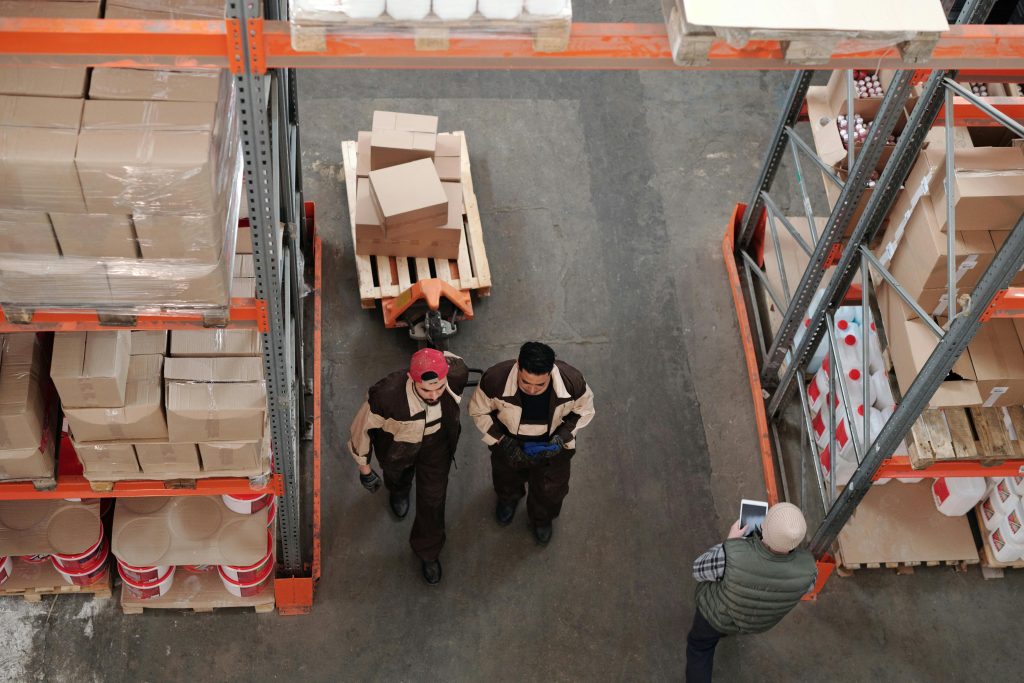
8. The Human Factor: Workforce Reinvention and Community Acclimation
Sudden robot and factory-like production conversions are not a technical issue it’s human. It is all about management acceptance, worker retraining, and cultural flexibility in accepting new responsibilities. As coined by peer-reviewed research, mass automation is not just tech upgrading but also professional change management, from initial training to constant adjustment. Future-oriented organizations are investing in human-centric cobots that support the augmentation of workers in co-working, creating new types of jobs, and enabling re-skilling of outplaced workers.
The meat revolution is as much a survival issue as innovation. To investors, business planners, and insiders of the tech world, the stakes are clear: those who see and prepare for these crosscutting trends automation, consumer choice, supply chain resilience, and rural resiliency will author the next chapter in food production. The only mystery is not what change will come, but when and by whom.

